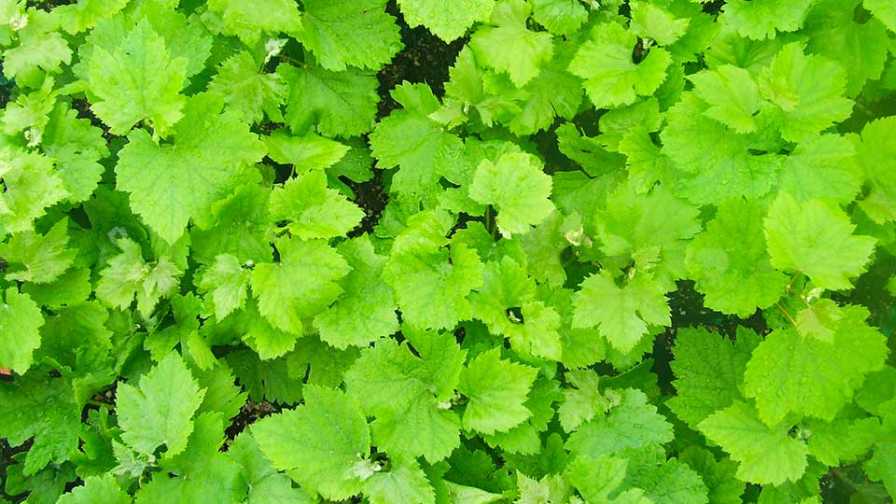The Time Might Be Right for Grape Rootstock

Grey Creek Viticultural Services provides budwood for field grafting, as well as rootstock cuttings, grafted vines, green vines, and olive trees.
Grey Creek Viticultural Services in Healdsburg, CA, is well aware of the two questions wine grape growers continually ask themselves: What are we going to do with the fruit that we have? And/or: What are we going to plant?
“At the end of the 2019 growing season, some in the industry said we had 30,000-plus acres that needed to be pulled out in the state of California in order to have an equilibrium in supply and demand,” Brian Jessen, Grey Creek’s Head of Sales, says.
This year, Jessen says, it did not seem to matter whether growers grew esoteric varieties or the big five: ‘Pinot Noir’, ‘Chardonnay’, ‘Cabernet Sauvignon’, ‘Merlot’, and ‘Zinfandel’. “There was a surplus of everything,” he says.
For those growers who do feel the need to plant in 2021, Jessen says it could be a good year to plant rootstock. “This will give us one extra year to speak with buyers and see what their future needs will be,” he says. “We can then graft that variety in 2022.”
The grapevine nursery industry has come a long way on the disease front in the last decade, Jessen says.
“We are all hyper-sensitive to virus and do exponentially more testing than we ever have in the past,” Jessen says.
The COVID-19 pandemic and its lockdowns have thus far had little effect on business. That could change, though.
“The grape-growing industry is slow moving. Growers make planting decisions years in advance. When COVID hit in March, most growers had already made their decisions of what they were going to plant or graft that year,” Jessen says. “I feel the COVID-19 pandemic will have the most impact on 2021 decisions. Having said that, it could also be a great year to replant older vineyards and give yourself the three to four years it takes for vines to mature to harvest.”










